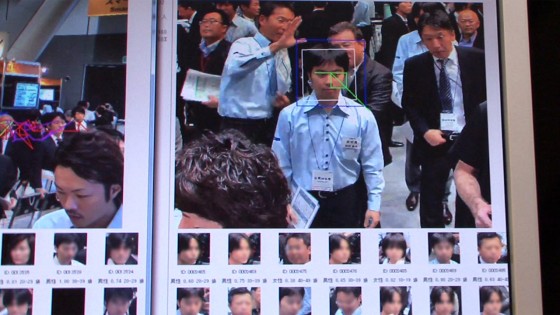
Robohub.org
Marketing service uses facial recognition tech to estimate gender, age, and visiting frequency

NEC has developed a marketing service that utilizes facial recognition technology to estimates the age and gender of customers, and accumulates the data, along with the dates and times that customers visit stores. This data is then used to analyze trends in customer behavior and visit frequency.
This service is provided in Japan via NEC’s cloud computing technology, only requires a regular PC and video camera, and is available for approximately $880 (70,000 yen) per month per store.
“This service is mainly intended for retailers that have several stores. It provides retailers with customer attributes based on facial images. That information is helpful for sales strategies.”
This service can also detect repeat customers across multiple stores. It uses a face detection and comparison engine developed by NEC, called NeoFace.
“NeoFace ranked top in tests by the USA’s NIST. Here, we’re using this high-precision facial recognition technology in a marketing service. But NEC is also developing various other services, such as intruder surveillance, using facial recognition technology.”
Face data is encrypted in real time and converted into characteristic data sets for analysis. Because face data can’t be restored from characteristic data, there’s no risk that face data will be inadvertently disclosed.
“Retailers can find out how many customers visit their stores at each time of day, and what customers’ attributes are. This enables them to fine-tune their sales strategies. For example, the data could be used to run campaigns targeting men and women in their 20s.”
tags: Cloud Computing




